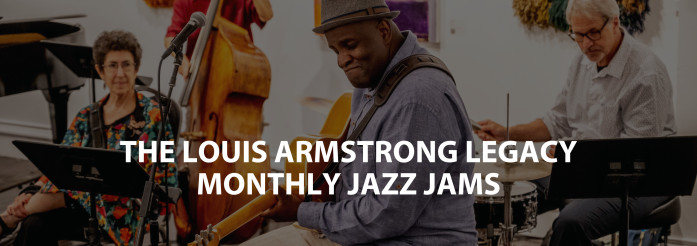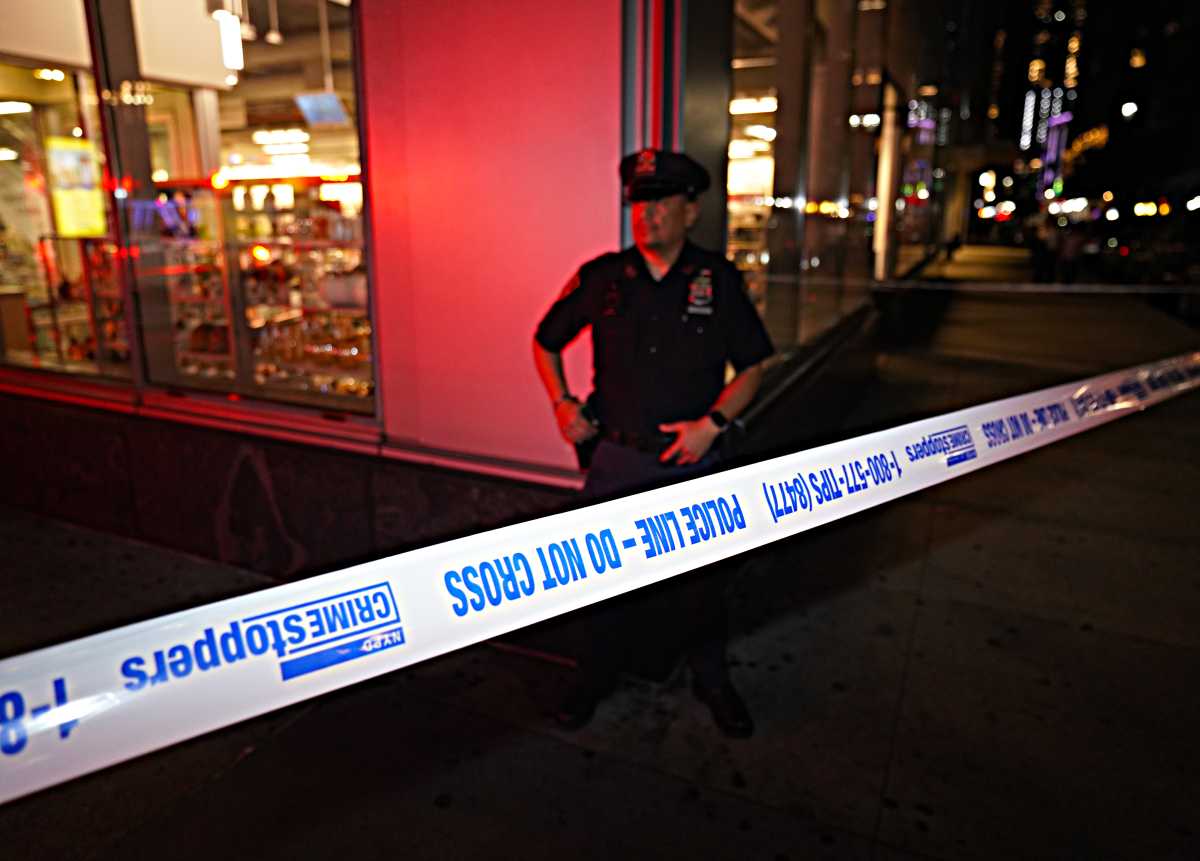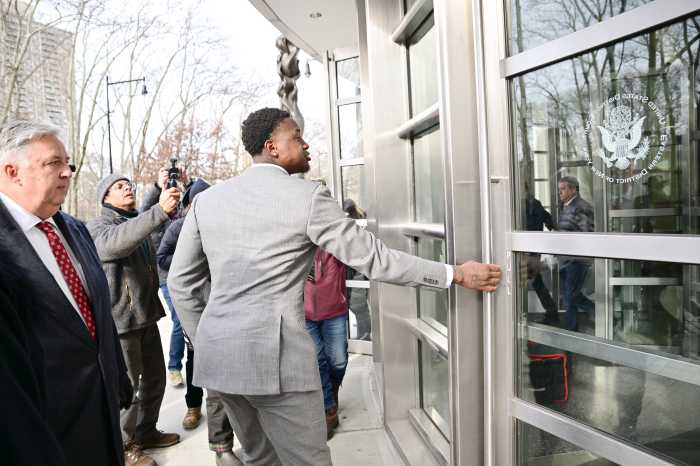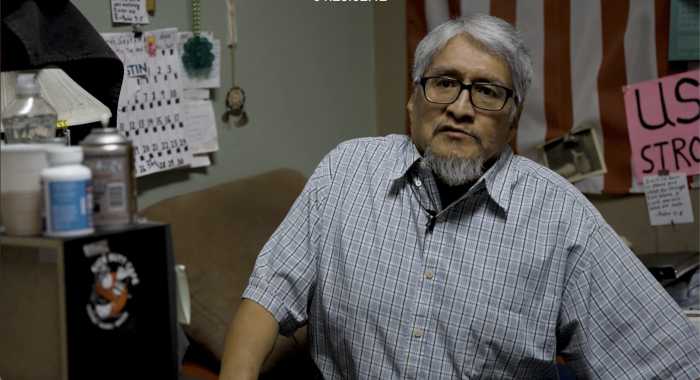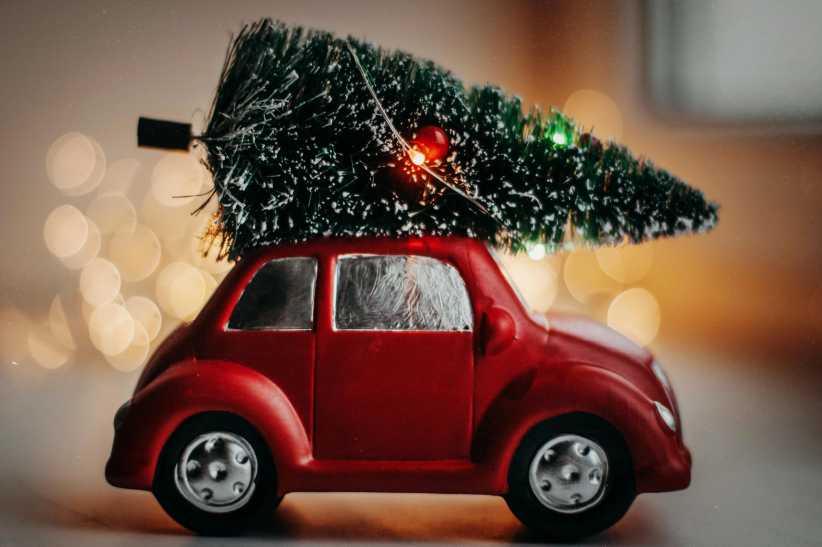– Do not buy gas when the delivery truck is at the station. At this point, sediment – which can clog your fuel filter – is stirred up.
– All cars need a regular check-up! Daily tune-ups and inspections are vital. Check the owner’s manual for recommended maintenance intervals and be sure to inspect suspension and skeleton parts for possible misalignments. Problems such as bent wheels, axles, bad shocks and broken springs all create engine drag (and are unsafe when traveling at high speeds).
– Avoid filling your gas tank to the top because overfilling causes fuel to slosh over and escape from the tank. Never fill the gas tank past the first “click” of the fuel nozzle.
– After filling up, be sure the gas cap clicks three times. Improperly sealed gas caps allow approximately 147 million gallons of fuel to vaporize every year in the United States.
– Track local gas prices in your area by a web site and keep posted on day to day price changes.
– Inflate all of your tires to their proper inflation pressure. Each tire should be periodically spun, balanced and checked. Properly inflated tires are safer, last longer and can improve your gas mileage by more than 3 percent per tire. Check your tire pressure, at a minimum, once a month. Buy a digital gauge and keep it in your glove box. Compare the pressure in your tires with the recommended pressure listed in your owner’s manual and on the placard in your car door. Inflate your tires as needed and be sure to check tire pressure when your tires are cold. For example, a good time to check is early in the morning after your car has been idle overnight.
– Gas stations near major highways often charge more for gas because land is generally more valuable in these locations, increasing overhead. Those higher costs are passed onto consumers. Before a road trip, you might be best served to fill up at your local station. If you must fill up near the highway, try stations near state border lines which tend to price their gasoline aggressively.
– Save money with self-service whenever possible and choose to pay in cash if there is an extra charge to use a credit card.
– Keep your eyes open in order to find good prices at the pump. You could even apply for a credit card which offers gas savings when using the card for purchases.
– In order to reduce your fuel consumption, keep windows closed when traveling at highway speeds because open windows cause aerodynamic drag.
– Think ahead when approaching hills. Only accelerate before you reach the hill, not while you are on it.
– Slow down! Although each vehicle reaches its optimal fuel economy at a different speed, gas mileage usually decreases rapidly at speeds above 60 mph.
– Both acceleration and deceleration waste fuel. Try to drive consistently at a constant speed. For example, avoid tailgating because the driver in front of you is unpredictable, thus you may find yourself braking and speeding up more than is necessary.
– Use cruise control whenever possible. The small, more precise adjustments made by the car’s cruise control system, will keep your speed constant and save you fuel.
– Even on cold mornings, avoid warming up your engine for an extended period of time.
– Do not use your left foot on clutch pedals (if you have a manual transmission) while driving. The slightest pressure puts “mechanical drag” on components, wearing them down prematurely. Subsequently, this “dragging” also demands additional fuel usage.
– Avoid driving along rough roads whenever possible. Dirt and gravel can cost you up to 30 percent of your gas mileage.
– Use alternate roads when they prove to be safer, shorter and straighter. Corners, curves and lane jumping all require extra gas. The shortest distance between two points is always a straight line.
– Traffic lights are generally timed for your motoring advantage. By traveling steadily at the legal speed limit, you increase your chances of cruising through green lights throughout your trip. Pay attention to the lights on your daily commute and try to anticipate whether they will either turn green or red by the time you get there. Moreover, always look several cars ahead to see if the brake lights are starting to come on in anticipation of a coast.
– Park your car so that you can easily travel in forward gear when you return to it. To save gas (negligible, but a savings nonetheless), avoid reverse gear maneuvers.
– Remove snow tires during good weather seasons since traveling on deep tire tread will hurt your fuel economy.
– Operating the air conditioner on the maximum level can reduce MPG by roughly 5-25 percent compared to not using it. Therefore, park your car in the shade if you can, so you won’t have to keep the AC working as hard. Turn off the air conditioning five minutes before you reach your destination.
– Remove excess weight from trunk or inside of the car – extra tires, child seats, unnecessary heavy parts, etc. Extra weight reduces mileage, especially when driving up inclines.
– On large SUVs and minivans you can save gas by removing unneeded third row seating. Some of these third row seats are fairly heavy with some assemblies weighing over 100 pounds. This is extra weight your engine has to deal with, which can waste a lot of gas.
– Carpools reduce travel monotony and gas expense. Daily pooling reduces traffic congestion, and also gives the driver easier maneuverability and greater “steady speed” economy. For best results, distribute passenger weight evenly throughout car.
– Combining errands into one trip saves you time and money. Several short trips taken from a cold start can use twice as much fuel as a longer multipurpose trip covering the same distance when the engine is warm. Trip planning ensures that traveling is done when the engine is warmed-up and efficient.
– In bad traffic jams, cars seem to constantly speed up and slow down, while trucks tend to roll along at the same leisurely pace. A constant speed keeps shifting to a minimum — important to those who have to wrangle with those ten-speed truck transmissions — but it also aids fuel economy. It takes much more fuel to get a vehicle moving than it does to keep it moving. Rolling with the big rigs saves fuel (and aggravation).
– Idling burns approximately a gallon of gas per hour and will earn you zero miles per gallon. Turn off your engine when your car is just sitting. You not only save fuel, but you will also help the environment by not releasing more emissions from your car than absolutely necessary.
– Wax your car and keep it clean. This will reduce aerodynamic drag, thus providing better mileage. If you have a luggage rack, take it off. If you have a moon roof, keep it closed. Essentially, smooth is what you should strive for.
– Walk between stops. Once you get into town, some of your stops may be near each other. Park between some or all of them and walk or park in the first spot you find. If you wander all over the parking lot looking for that really close parking space, you will use more gas.
– Track your mileage in real time. You may know what your consumption looks like from tank-to-tank, but that is really not enough. Instead, knowing what mileage you are getting in real time and being able to compare it to what you got yesterday or even 10 minutes ago is the new way to drive these days.
– These days, many offices are offering flexible hours, so errands can be run at any time. Avoid being stuck in traffic if all you have to do is leave 30 minutes earlier or come in 30 minutes later.
– Try to purchase vehicles that get good gas mileage. The difference between 20 miles-per-gallon and 40 miles-per-gallon is momentous.
– Do not use premium fuel if you do not have to. If your car specifies regular fuel, do not buy premium under the mistaken belief that your engine will run better. The only difference you will see is about 20 cents more per gallon. Most cars are designed to run just fine on regular gasoline. Even many cars for which premium is recommended will run well on regular. Check your owner’s manual to find out if your engine really requires premium or if you can run on other grades.
– Use your garage for your car. Parking in your garage will help your car stay warm in winter and cool in summer, and therefore, you will not have to depend as much on your gas-guzzling air-conditioning when you drive.
– Try to avoid traffic on busy days or times when it is raining, windy or barometric pressure is high. Rain and high barometric pressure create extra air drag that uses more fuel to create and maintain forward motion.
– Are you still waiting on long lines at the toll booth? It is more economical to buy a monthly E-ZPass subscription which will save you a lot of time and gas.
Courtesy of AAA



